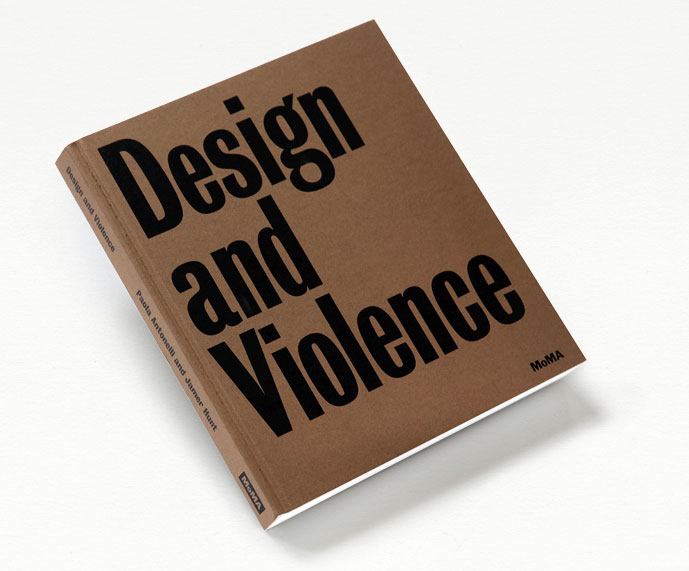Expanding Speculative and Critical Design
Speculative and Critical Design validated my pursuit of a satirical or humorous design approach in order to question sociotechnical trends and explore the discomfort with what I perceive to be the misuse of technology. SCD also seemed to consider the repercussions and unforeseen side-effects of design and technology as opposed to only the object or device.
In recent blog posts, I’ve been exploring the link between speculative fiction, science fiction, and speculative design. A good quote that links these practices is one attributed to science fiction writer Frederick Pohl - "a good science fiction story should be able to predict not just the automobile but the traffic jam.” When we imagine the future in writing or design work, we need to see potential impacts to society. Fiona Raby mentioned in her keynote at the symposium that she now likes to work predominantly with anthropologists as they “imagine the future in a different way and foresee change in social practices.”
As much as I am drawn to engage in Speculative and Critical Design, the practice has been critiqued over the last several years. People have written that SCD:
- 1) lacks political awareness
- 2) lacks feminist perspectives
- 3) exists only in the academic setting
- 4) is practiced mainly by Caucasian men
- 5) has a predominantly occidental approach
- 6) is relegated to more of an art practice than design space
- 7) “preaches to the choir”
One of the most heated debates was inspired and documented during an 18 month online Museum of Modern Art exhibition titled Design and Violence. This infamous both speculative and critical curatorial experiment ran from September 2013 to June 2015 and explored the darker side of Design. The book of the exhibition was released in 2015 and in its description reads,
“Design has a history of violence, yet professional discourse around design has been dominated by voices that only trumpet its commercial and aesthetic successes. Violence, defined here as the manifestation of the power to alter circumstances against the will of others and to their detriment, has always been ubiquitous, and in recent years technology has introduced dramatic new threats. Design and Violence sheds light on the complex impact of design on the built environment and on everyday life, as well as on the forms of violence in contemporary society. Published to accompany an online experiment launched by The Museum of Modern Art in 2013, this book brings together controversial, provocative, and compelling design projects with leading voices from the fields of art and design, science, law, criminal justice, ethics, finance, journalism, and social justice. Each author responds to one object—ranging from an AK-47 to a Euthanasia Rollercoaster, from plastic handcuffs to the Stuxnet digital virus—sparking dialogue, reflection, and debate. These experimental and wide-ranging conversations make Design and Violence an invaluable resource for lively discussions and classroom curricula.”


The debate was initiated by John Thackara in a post on MoMA’s Design and Violence curatorial experiment about Burton Nitta’s project Republic of Salivation and was expanded upon in the comments section. First it seems that Thackara misses the speculative tone of the work and criticizes the project “in its steadfast refusal even to think about the roots of our alienation from living systems—among them, food—it belongs squarely within the neo-liberal worldview that only Man is smart enough to correct the odd mistake that He may have made.”
The comments unravel, first from a Tim Parsons who points out that the work is speculative, “this project…does not work from the problem-solution paradigm but from the position of raising awareness and debate of issues through the creation of fictional scenarios that the creators do not necessarily advocate.” Other comments directly attack Critical design but the overwhelming criticism is that the work is situated within a privileged and naïve perspective. Much of the exhibition configures a dystopian future – but many of the imagined scenarios are present in the world today in underprivileged and disenfranchised communities.
A contentious commenter called Matt writes, “what the designers are in a sense saying then is ‘OMG how would you feel if this were to happen to us’, without acknowledging that you have to set yourself apart from most people’s histories and lived reality in order to frame this kind of thing as abnormal….. What I have seen of SCD is for the most part beautiful musings about how technological things might change for white middle-class Europeans. There is little to no political analysis of what drives sociotechnical change, and no position taking on where things should go. Things are left open to endless contemplation, exploration, and discussion. This might sound all nice and liberal but is actually fundamentally irresponsible as it never amounts to a directive decision in a context that demands one.”
James Auger fires back, “it would be helpful to furnish your argument with examples because at the moment it is overloaded with generalizations, unsubstantiated comparisons and misguided suggestions of privilege… As with any creative discipline there are good examples and bad examples. SCD is a work in progress and as such its boundaries are blurred, your arguments seem to be based on a generic understanding that is simply wrong.”
As much as James Auger advocates for SCD, it cannot be denied that there are some issues within the field. To me they all stem from the fact that SCD is a field of academia; therefore, intrinsically SCD will be colonial, white, privileged, and male. This is why we need to consider the voices such as the Black Speculative Art Movement. Discussed briefly in my Afrofuturism post, BSAM is a creative, aesthetic practice that integrates African diasporic or African metaphysics with science or technology and seeks to interpret, engage, design, or alter reality for the re-imagination of the past, the contested present, and as a catalyst for the future.
Revisiting Reynaldo Anderson’s Afrofuturism 2.0 & The Black Speculative Art Movement: Notes on a Manifesto he writes, “this occidental approach limits the framework of the speculative to Western philosophy and science. For example, Anthony Dunne and Fiona Raby argue that, in relation to speculative design, only the present, probable, preferable, plausible, and possible should be zones of concern, noting:
However, this approach eschews or avoids alternative speculative cultural worldviews and attempts to establish a system where Europe assumes the teacher position with all others as the recipients and consequently users of this limited perspective.”
Other criticism of SCD centers on the lack of focus on gender oppression. Luiza Prado de O. Martins writes, “though critical and speculative design have been increasingly relevant in discussing the social and cultural role of design, there has been a distinct lack of both theory and praxis aimed at questioning gender oppression.”
In her paper Privilege and Oppression: Towards a Feminist Speculative Design Luiza Prado de O. Martins starts with an intersectional feminist analysis of the influences and origins of speculative and critical design, and explores “the underlying privilege that has been hindering the discussion on gender within the discipline and its role in propagating oppression; it then goes on to propose the concept of a feminist speculative design as an approach aimed at questioning the complex relationships between gender, technology and social and cultural oppression.” She explains that design, like SCD, is a product of a patriarchal, classist and racist society and a discipline where the contribution of women has seldom been recognized throughout its history.
YES! And boo.
Although there is a lot more to research and discuss, I have to end this post. I intend to continue to explore this issue and my hope is that I can contribute to an expanded feminist, inclusive, critical, and speculative design field.